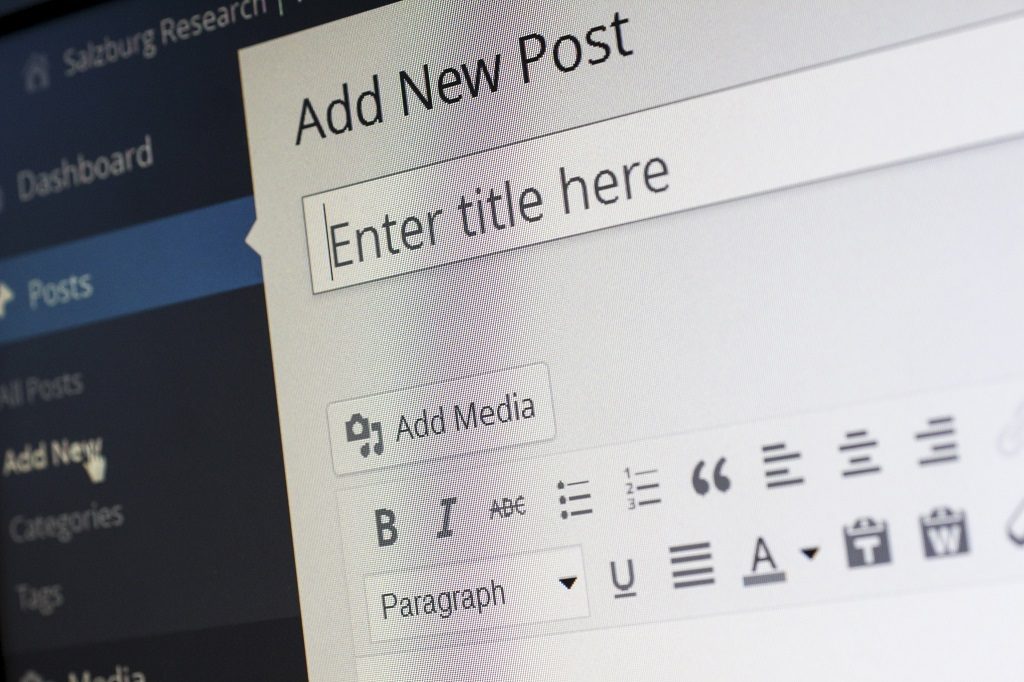A Simple Guide to the New Gutenberg Editor
What are the most basic things that you should know about the Gutenberg editor?
- Block editing
- Editor interface
- Gutenberg-compatible plugins
Near the end of 2018, WordPress released one of the biggest changes to their CMS. They straight up created a new editor that caused a stir in their community. The change was announced a short time before it was set to live and caused a lot of confusion and problems at first. One of which includes the sudden incompatibility of some survey tools for websites to the new editor.
A few months after its release, things have settled down, and most people have come in terms with the new editor.
In all honesty, it’s more user-friendly and cleaner to use, but since so many people and companies are used to the old editor, and some of them actually prefer it to this one, there’s been a slow start to its rise in popularity.
That being said, WordPress has already stated that they have a plugin that has the traditional editor at the ready for those who want to use it still, however, the time will come when it will be shut down in favor of the Gutenberg editor, making learning it the top priority!
That being said, here’s a short guide on what you should know about the new Gutenberg editor!
Block Editing
Probably the most notable change to the new Gutenberg editor is the introduction of the new block-based editing system. It replaces the single edit field of the traditional editor, named the TinyMCE editor with multiple blocks.
These blocks can be likened to a content box in MS PowerPoint, however, it automatically supports whatever kind of media you put into it. Basically, a block can be anything you need it to be. It can be filled with regular text, images, video embeds, buttons, widgets, tables, graphs, and so many more!
These blocks allow you to make more complex designs when compared with what was allowed in the old classic WordPress Editor.
Much like how the classic WordPress editor is empowered by its active community of developers, these blocks can still be made better with plugins like a plugin for the best survey questions. The advantage that the Gutenberg editor provides, however, is that these individual, third-party blocks add a new level of flexibility to the design of your website!
Each block you create is its own thing and you can manipulate them on an individual basis, unlike the classic editor where each edit is done on the whole page itself.
Editor Interface
Much of the difference in the Gutenberg editor and the classic Tiny MCE editor is evident in the new user interface. When you look at it, the first thing that you’ll probably think is that the Gutenberg editor is much cleaner than the old editor.
For beginners and those who want a basic overview of the Gutenberg editor, there’s only quite a few that you need to take note of to get started.
First off, within the editing field, there will be an encircled plus sign. that button basically adds a new block—the foundation of the editor itself.
In the top left corner, you can find an undo and a redo button that lets you move forward or backward easily. Making the experience of editing a lot easier, much like how it is with Microsoft Word.
The sidebar to the right has most of the same options that the classic editor has including the area where you add categories and tags, set the featured image, and choose the author and publishing date. Take note that you can choose a document or just the block.
Keep in mind that when you select an individual block, the setting area includes the settings for just that specific block. This is where you can choose colors, styles, and other block-specific details all around.
Another great feature of the Gutenberg editor is the up and down arrows on the left side of the editor. It makes for easy traversing between blocks by simply clicking them.
Gutenberg-Compatible Plugins
With the somehow sudden inclusion of the Gutenberg editor as the standard WordPress editor, almost every single plugin became incompatible with it, some totally warped the web design of some websites because of the difference in coding and functionalities. And currently still, not every plugin has been designed for the Gutenberg editor.
The great thing is that there are already a few plugins created specifically for the Gutenberg editor, particularly the ones that deal with block customization. Though some survey tools for websites for the best survey questions, and other plugins have already made their plugins compatible with the Gutenberg editor, you might still need to wait some time for other plugins, or even look for alternatives for some.
Key Takeaway
The Gutenberg editor was a surprise. It shook the WordPress community, or at least the ones that weren’t expecting any drastic changes. That said, through innovation and willingness to fully incorporate and support the new editor, large companies and even small-time bloggers will be able to easily learn and master this one because of its very clean and simple design overall.

